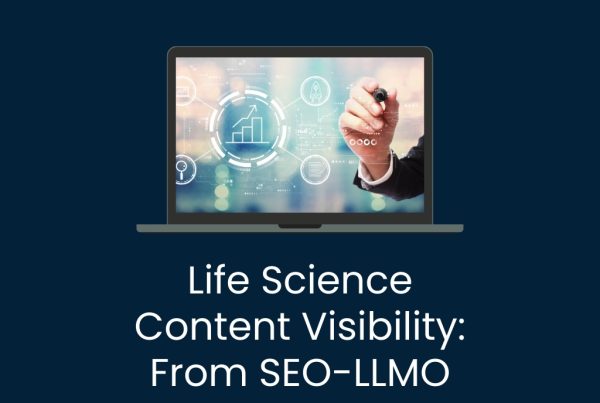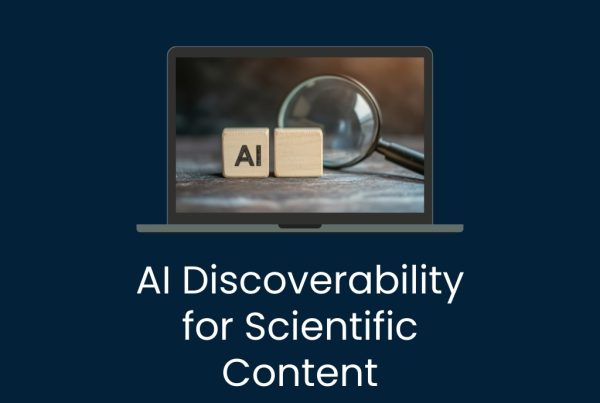Recently, I commented on a LinkedIn post by Dale W. Harrison that sparked some thoughtful discussion. The original post highlighted how marketers often obsess over funnel “sequences,” carefully engineered steps that move people from unaware to decision-ready.
My comment centered on this question:
👉 What if the real opportunity is not in pushing more people through a funnel at all, but in rethinking the funnel entirely?
This “inverted funnel” is not theoretical or new. It was the very strategy magazine publishers used successfully for years, putting loyalty and re-engagement at the center of subscriber retention.
Here’s how it worked in publishing, and why it may be the most powerful secret marketers can use today.
Why Publishers Can Teach Marketers Their Most Valuable Lesson
After more than 30 years as a publisher, I learned a truth too many marketers still overlook:
💡Growth will always require some level of new customer acquisition (or in the publishing world, subscriber acquisition). But the bigger and often overlooked opportunity is engaging the customers who already know your brand.
When you give them more reasons to stay loyal, they buy more, advocate more, and bring others with them.
In publishing, this truth played out every year through the BPA audit. An independent firm would comb through our subscriber files, confirm our readers were real and qualified, and certify it with their stamp of approval.
That audit was our currency with advertisers. It only worked if readers actively renewed, and renewal meant filling out detailed forms with ten or more demographic questions. Those forms gave us a rich profile of our audience—who they were, what they did, and what they cared about. Renewal campaigns weren’t optional; they were the heartbeat of the business.
The Publisher’s Secret
Our secret weapons were discipline and data. Strong audits, backed by annual research, gave us a crystal-clear picture of who our readers were and what they cared about. That intelligence fueled renewals, shaped our editorial strategy, and guided personalized emails that encouraged deeper engagement through newsletters, webinars, and other offerings.
💡 But here’s what experience really taught us: the readers we engaged consistently throughout the year were the ones who renewed at the highest rate.
They didn’t just stick around — they became our most loyal and engaged advocates, leaving magazines in break rooms, forwarding newsletters, signing up for webinars, and encouraging colleagues to subscribe.
Retention cost far less than acquiring new subscribers, and its impact went far deeper. Renewals stabilized circulation, increased advertiser confidence, and gave us reliable growth year after year.
The secret was simple and very deliberate: flip the funnel and treat loyalty like your actual growth engine. Instead of pouring the majority of resources into acquiring new names, we focused on nurturing the relationships we already had — because that’s where the highest ROI lived.
👉 And the same holds for marketers today: the customers you engage consistently are the ones who renew, reorder, and expand. They deliver stability, ROI, and advocacy in ways new names rarely do.
How the Digital Boom Reset the Game
Then digital changed the landscape. Barriers fell, subscription walls vanished, and readers could access content instantly without postcards or forms. What once required deliberate renewal campaigns suddenly felt frictionless.
At first, it seemed like liberation. But freedom came with a cost. Publishers and the providers who managed our subscription databases had to reinvent themselves. The best technology partners built increasingly sophisticated systems to track, manage, and engage readers. And the most innovative publishers adopted those tools, pairing them with the discipline of renewals and loyalty campaigns to stay relevant in a changing market.
Marketing automation tools gave rise to the era of content marketing, built on the belief that creating enough content would move people neatly through the funnel. Blogs, white papers, webinars, and videos poured in, all competing for the same attention. With AI accelerating production, that flood has become a tsunami.
💡 Nurture sequences rarely work as imagined. Stand-alone moments with your current customers do.
The discipline publishers relied on to build loyalty didn’t disappear, but many marketers shifted their energy to chasing volume at the top of the funnel. The effort was heavy, but the reward was often small.
This is the real problem. Flooding inboxes with more content is not sustainable. Publishers knew it years ago: the real advantage came from the data we captured about our readers and how we used it to stay connected.
Today, the same principle applies: the surest way to stand out is to focus on the people who already know your brand and give them meaningful reasons to stay engaged.
Tech Stack Advantage
Here is the good news. What once required call centers, manual data entry, and demanded months of effort and massive costs can now be done in minutes. CRM, automation, and AI enable marketers to engage customers more efficiently, effectively, and at a fraction of the cost.
Filling the funnel will always have a place. Every business needs new names to grow. But if all your budget goes there, you end up with high acquisition costs and low returns. The bigger opportunity is to balance the mix, making sure a meaningful portion of spend is reserved for loyalty and re-engagement.
💡 Let your strategy inform your tool selection so ROI follows (and always leave budget for loyalty!).
What publishers learned still applies today. Investing the same energy in customer-centric campaigns that create stand-alone events, such as celebrating milestones (more on this later), builds trust and fosters an emotional bond through personalization. When strategy guides tool choice and budget is left for loyalty, the returns are higher, the effort pays off more consistently, and your brand rises above the noise in a crowded market.
Playbook: Practical Steps with Real Examples
So what does it look like to put more energy into loyalty and create stand-alone events that strengthen trust and build emotional bonds? Publishers did it for decades, and marketers can apply the same thinking today. Below are some practical ways to make it real.
💡 Every touchpoint should stand on its own.
🎉 Celebrate Customer Anniversaries: Track the date of a customer’s first purchase and celebrate it with a thank-you note and discount code on their anniversary.
🔄 Predict Reorders Before They’re Needed: Use your tech stack’s predictive models to anticipate when a customer is likely to run low, drawing on purchase cadence, consumption rates, lead times, and cohort behavior. Trigger a timely, personalized “Ready to restock?” nudge. Done right, reordering feels effortless, not “salesy”.
🤝Spotlight Customer Success: When a customer publishes a paper using your product, congratulate them and offer support for their next breakthrough.
🎯Use Your Tech Stack with Intention: Don’t automate a sequence of events that serves your funnel needs. Instead, automate to highlight stand-alone milestones that matter to your customers. Configure your CRM and AI tools to flag these moments and trigger timely, personal notes of recognition.
Whether it’s celebrating a customer anniversary, anticipating a reorder, or recognizing a publication, these moments show personalized attention, prove that you are paying attention, and build loyalty.
The Untapped Opportunity
The secret publishers lived by 25 years ago is even more powerful today.
💡 The real growth engine isn’t the top of the funnel — it’s the loyalty loop. Customers who already know your brand are your highest-yield asset. When you invest in engaging with them, they buy more, advocate more, and bring others with them.
But unlocking that loyalty takes more than tools. It requires strategy, discipline, and a human touch. Those who embrace this develop campaigns that celebrate milestones, anticipate reorders, and recognize achievements in ways that feel personal and meaningful.
This is where Aurora Biomarketing comes in. With decades of publisher know-how and modern digital expertise, we help life science companies flip the funnel and unlock ROI where it matters most: engaging the customers they already have.
Economically, retention compounds. It cuts acquisition costs, boosts lifetime value, and transforms trust into recurring revenue and referrals. So when the CFO asks where to put the next dollar, the answer is clear: invest in engaging with the customers and prospects already proving their value.
👉 Ready to maximize the return on your customer list? We’re here to help.



